Professional Service Agreement for Smooth Service Delivery
Professional services firms rely on trust, clarity, and clear communication to deliver successful outcomes. However, these elements are not guaranteed automatically. They must be defined, agreed upon, and actively reinforced throughout the engagement.
This is exactly why a professional services agreement is so important. It creates a shared understanding of responsibilities, expectations, and limits before any work is undertaken.
Understanding the Professional Service Agreement
A professional services agreement clearly defines the boundary conditions and sets expectations to protect both the provider and the client throughout the project life cycle.
The PSA does more than outline the deliverables; it defines how the work will be completed, when key milestones will occur, how changes will be handled, what is excluded from scope, and how compensation is tied to progress. In many ways, the PSA becomes the operating manual for professional relationships.
Key Takeaways
- The professional service agreement should be treated as the operating system of the engagement, not just a contract.
- Most service delivery breakdowns occur because of ambiguous scope, unclear responsibilities, or untracked contractual obligations.
- Embedding PSA terms into PSA/CLM software turns contracts into real-time operational controls.
- Strong governance of PSAs enhances profitability, leads to less conflict, speeds up delivery, and builds greater trust with the client.
Strategic Contract Initiation and Project Readiness
 Every professional service agreement starts on the negotiation table, but its real power comes well afterward, buried deep inside project execution, financial performance, and client relationships.
Every professional service agreement starts on the negotiation table, but its real power comes well afterward, buried deep inside project execution, financial performance, and client relationships.
The initiation stage is where legal terminology needs to be converted into an operational reality. This is where decisions about scope, pricing, and responsibilities quietly set the trajectory for success or failure.
Building the Engagement Framework
The first key decision is defining whether the relationship is governed through either a Master Service Agreement (MSA) or a Professional Service Agreement (PSA), which is specific to a certain engagement.
An MSA builds the long-term rules of engagement, while a PSA applies those rules to a particular project. Where teams confuse one for another, two risks emerge: the agreement is either too vague to enforce accountability or so customized that every new engagement requires reinvention.
The first step is to select the contract type deliberately. Each option defines how risk is shared between the service provider and the client:
- Fixed Price: Provider bears cost overrun risk; strong discipline in forecasting is required.
- Time & Material: The client assumes the risk of cost fluctuation; transparency and time tracking are crucial here.
- NTE (Not-To-Exceed): The provider absorbs inefficiencies beyond a cap. Scope clarity has to be precise.
- Retainer/Recurring/Managed Services: Best for ongoing service continuity; steadily requires resource capacity planning.
The choice of pricing model is not purely a commercial preference; it's about operational structure. Without it, profitability remains a guessing game.
| Contract Type | Risk Profile | Operational Requirements |
|---|---|---|
| Fixed Price | Provider bears financial risk | Requires strict PSA-based budget tracking and milestone gates |
| Time & Materials (T&M) | Client bears cost risk | Requires accurate time entry compliance and reporting |
| Not-To-Exceed (NTE) | Shared risk | Requires automated alerts and budget burn monitoring |
| Retainer / Recurring | Shared, low fluctuation | Requires utilization control and statement-cycle billing tools |
| Managed Services | Provider risk over time | Requires SLA tracking and capacity planning workflows |
The Scope of Work (SOW)
The Scope of Work is not a list of activities, but rather the boundary that saves the project from assumption and subjective interpretation. Clear deliverables, timelines, acceptance criteria, dependencies, and exclusions-these are the things that keep projects from drifting into unplanned effort.
For every "what's included," there should be a documented "what is not." Since most disputes don't arise from what was promised, but from what was assumed.
Implementing the Contract in Real Operations
 A good contract is only as good as a team's ability to follow it, and most operational failures occur not because the contract was poorly written, but because its requirements were never fully integrated into delivery workflows.
A good contract is only as good as a team's ability to follow it, and most operational failures occur not because the contract was poorly written, but because its requirements were never fully integrated into delivery workflows.
Execution phase asks one simple question: How do we take the commitments in the deal and turn them into routine project management controls?
This is where the alignment of legal, project management, finance, and delivery matters.
Resource Alignment and Personnel Management
The contract outlines the project term-that is, when work should begin and when work should end, and that timeline must feed directly into the organization's resource planning processes.
If staffing decisions are made outside of the agreement, the project team risks starting a project late, running over capacity, or misallocating talent. Modern PSA software reduces this risk by syncing contract timelines with real-time scheduling and utilization of dashboards to make sure the right people are staffed before work starts.
In order to remain in compliance, organizations must maintain:
- A workflow for requesting personnel substitution
- A documented process for client acknowledgment
- An audit trail of approvals is maintained within the PSA or CLM system
Without such controls, even minor staffing changes threaten to become breach-of-contract claims or destroy trust.
Compliance as a Project Gate
Execution also triggers operational compliance checkpoints. Teams must validate the status of vendors, confirm independence, and collect Certificates of Insurance reflecting contractual minimums before work begins.
In regulated industries, requirements around data privacy, confidentiality, or subcontractor flow-down must be integrated into onboarding and access control protocols.
Managing Financial Performance Through the PSA
 While the financial terms of a professional service agreement may be thought of primarily as accounting issues, they are in fact operational performance drivers. The clarity or ambiguity of compensation language drives profitability, cash flow stability, and client satisfaction.
While the financial terms of a professional service agreement may be thought of primarily as accounting issues, they are in fact operational performance drivers. The clarity or ambiguity of compensation language drives profitability, cash flow stability, and client satisfaction.
When an agreement moves into delivery, the contract's financial structure must be translated into automated workflows that ensure accurate billing, predictable revenue, and transparent reporting.
A professional services contract would typically define how work will be priced, under what conditions payments will be triggered, and what expenses are reimbursable.
But unless the organization maps these terms directly into the PSA software, the billing process becomes dependent on memory, interpretation, or manual effort.
Compensation and Payment Terms
Different pricing models, of course, require different billing triggers:
- Time & Materials: Billing must flow from accurate time tracking. Without real-time capture, revenue slips.
- Fixed Price: The revenue is connected with milestones, acceptance criteria, or phases. The completion of milestones needs to be documented and approved.
- NTE: The tracking of burn-rate and cost-to-complete is vital to avoid silent erosion of the margins.
- Recurring/Managed Services: The PSA has to allow for automation of scheduled invoices to maintain predictable cash flow.
Further, the policies that should be integrated into time & expense tracking to avoid disputes or underbilling are reimbursement policies for travel, software, subcontractors, or materials.
Financial risk mitigation and internal controls
Most professional service agreements have recordkeeping provisions, audit rights, and transparency. The PSA system becomes the system of truth by housing time logs, approvals, invoices, timesheets, cost summaries, and performance reports.
For budget-capped contracts or those with performance-based compensation, real-time dashboards allow:
- Early overspending detection
- Resource rebalancing for margin protection
- Informed conversations with clients before issues escalate
- Closing the contract with value retention
When a project ends, most organizations view closeout as a minor administrative activity: pay the final invoice, write a wrap-up email, and archive the files. But for firms engaged under a professional service agreement, closeout is decidedly more strategic.
Termination and Exit Strategy
All professional service contracts provide a Termination clause that describes the ways in which the engagement may be concluded-either naturally upon completion, or prematurely through convenience or breach. The operational task is to ensure that the project closes in accordance with these terms.
If early termination happens, the contract should specify how the final compensation is calculated. Typically, payments are due for any services delivered through the effective date of termination, but the work must be fully documented.
For that reason, it's essential to keep track of time, log deliverables, and confirm milestones. The agreement further stipulates the return or secure destruction of all confidential materials, including access to client systems and internal documents. Closeout must include a verified data disposal process, not just an email confirmation.
Protecting Intellectual Property and Future Assets
 The most overlooked areas of closeout involve the transfer of intellectual property. Generally, all professional service agreements indicate that deliverables created during the engagement are “Work Made for Hire”, thereby ownership transfers to the client upon payment.
The most overlooked areas of closeout involve the transfer of intellectual property. Generally, all professional service agreements indicate that deliverables created during the engagement are “Work Made for Hire”, thereby ownership transfers to the client upon payment.
This transfer should be clearly spelled out in writing and agreed upon. Meanwhile, firms may also want to use the work in portfolios, internal training, or marketing. This necessitates written client permission that is best garnered during or before closeout, not months later, when relationships might be less active.
Operationalizing the PSA for Strategic Advantage
The PSA is no longer just a legal safeguard; it's the system blueprint for how work is delivered, how risk is managed, and how profitability is preserved. When organizations treat the PSA as the central operating framework for the engagement, they achieve clarity, predictability, and control across the full lifecycle of the project.
Microsoft 365 has been widely adopted as the digital foundation for legal and service delivery teams alike because of its familiarity, security, and depth of collaboration. But alignment is not achieved with tools alone; it is achieved with integration, and this is where Dock 365 makes all the difference.
Built on Microsoft 365, Dock 365 connects the professional service agreement into project workflows, resource scheduling, financial tracking, compliance checkpoints, and audit records. This consistency in operations is no longer optional.
Clients expect transparency, regulators expect documentation, and leadership expects performance. If your organization is ready to align legal precision with operational execution, we're here to help. Schedule a free demo of Dock 365 today and see for yourself how contract intelligence becomes project confidence.
Like our content? Subscribe to our newsletter on LinkedIn for more insights and updates.
Book a Live demo
Schedule a live demo of Dock 365's Contract Management Software instantly.

Written by Jithin Prem


